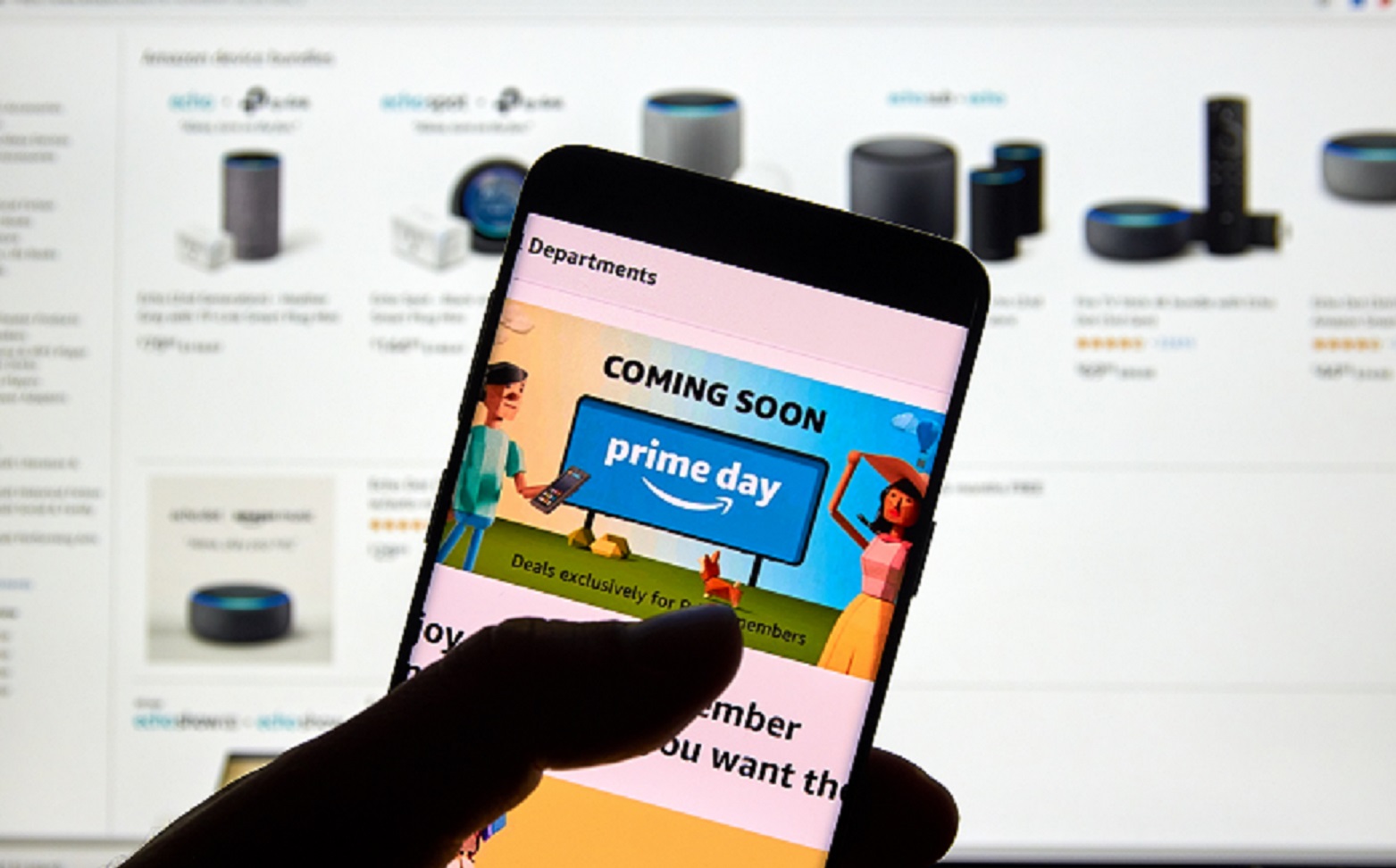Are You Getting Fooled by Ad Fraud?

March 29, 2018 | Article written by Carly Morris
It’s April Fools’ Day, which means we’re all on high alert. Is there a whoopee cushion on your chair? Is the elevator really voice operated or are you yelling “doors open” like a fool?
April Fools’ Day is celebrated around the world as a day to poke a bit of innocent fun – and the internet is certainly not immune to trickery on this day (or any other). Even some of the biggest internet giants will take the opportunity to get in on the fun. Last year, for example, Alibaba Cloud launched Garlic as a Service (GaaS).
But, one kind of prank that’s a more serious threat to brands across the web is ad fraud. According to Forbes, in 2017, The Association of National Advertisers estimated that businesses lost more than $6.5 billion due to ad fraud, and that’s no joke.
While we can’t offer tips on how to avoid an April Fools’ Day prank, with the exception of “trust no one”, we can provide your brand with the tools to combat ad fraud.
Signs You’re Being Fooled
In order to dodge the prank, brands must first understand ad fraud in all its forms. Fraudsters are evolving new tactics each day, but some solid places to start your watch can include things like click fraud, install fraud, compliance fraud, viewability fraud, targeting fraud, and bot fraud.

Pranksters are often hiding behind a facade — that bouquet of flowers might look real, but if you look closer it’s a trick to spray water in your face. Similarly, an ad may appear successful, when in reality it’s void of clicks or installs from real users.
Keep an eye out for the following signs that your ad has fallen victim to fraud:
● Early Installs: If your ad just went up and starts getting a high volume of traction in under 10-20 seconds, something’s not right.
● Mean Time to Install (MTTI): The average install comes within 24 hours of an ad’s first reveal. Anything outside of that window can be considered suspect.
● Conversion Rate: Can be variable, always measure your conversions against click rate to identify any suspicious behavior.
● Duplicate Clicks Per Device: Fool me once, shame on you. Fool me twice, shame on me. Fool me over 20 clicks per IP, and that’s a sign of fraud.

Taptica’s “Fool-Proof” Plan to Combatting Ad Fraud
The risk of committing a prank is getting pranked back. But in the world of ad fraud, brands don’t want to fight fraud with more fraud. Instead, we want to be armed with a few tricks to help fight back intelligently.
At Taptica, we see ad fraud as no laughing matter. Here’s just a sample of the measures that we take to ensure your brand is safe from ad fraud:
● We utilize mobile measurement partner (MMP) data and tools to easily and quickly flag any suspicious behavior.
● We communicate transparently with both our advertiser-side and tracking-side partners to know the ins and outs of your ads so it’s easy to detect when something’s going right and when something’s going wrong.
● We leverage both standard machine automations and real people to make sure we’ve covered all our bases — it’s all about checks and balances!
To learn more about preventing ad fraud read our white paper, “Tackling the F-Word, The Smarter Approach To Ad Fraud”. (We promise it doesn’t have any hidden pranks!)


